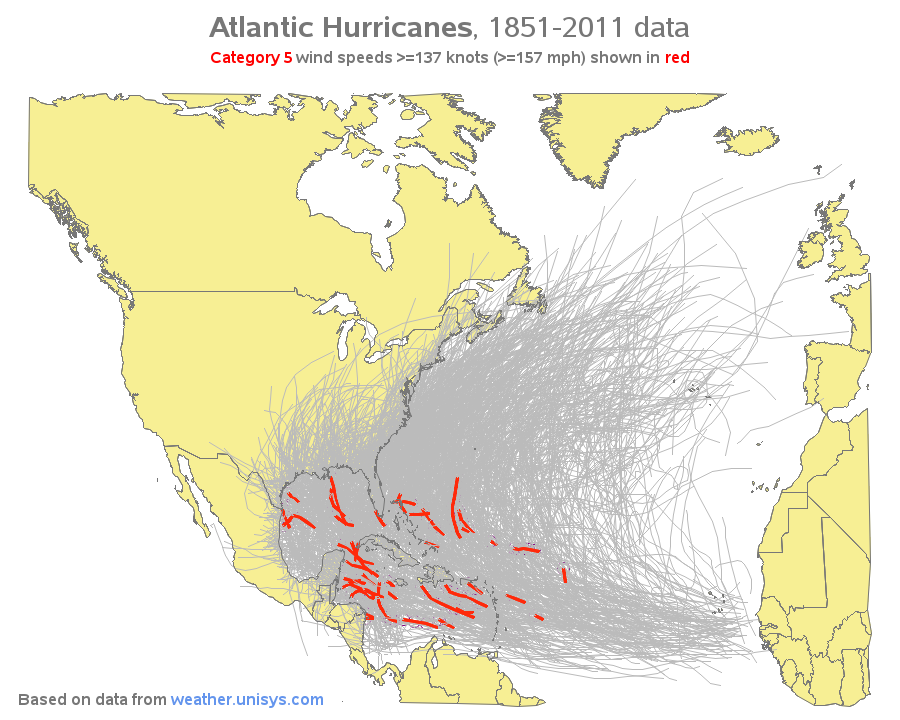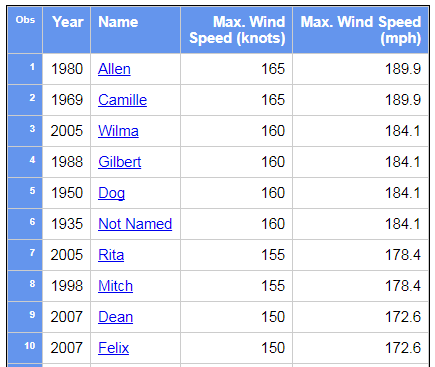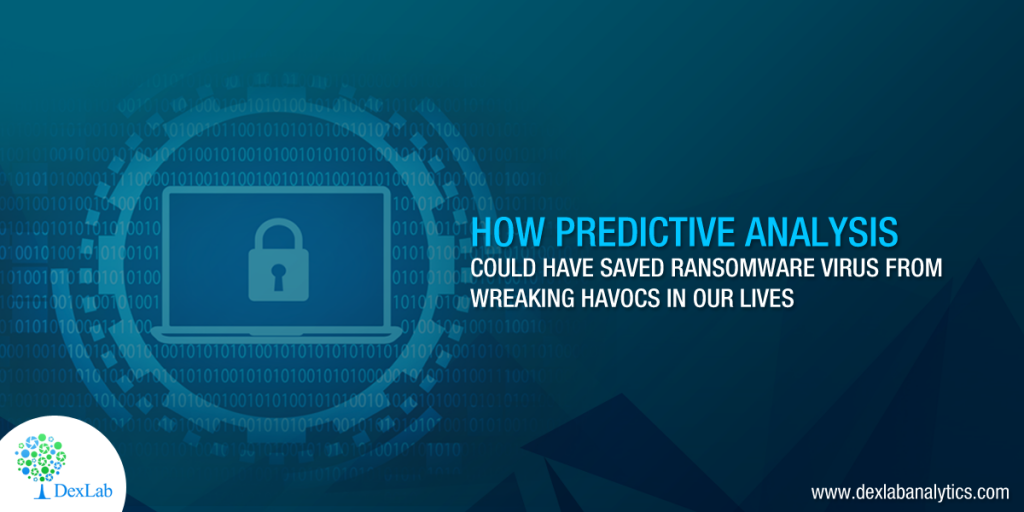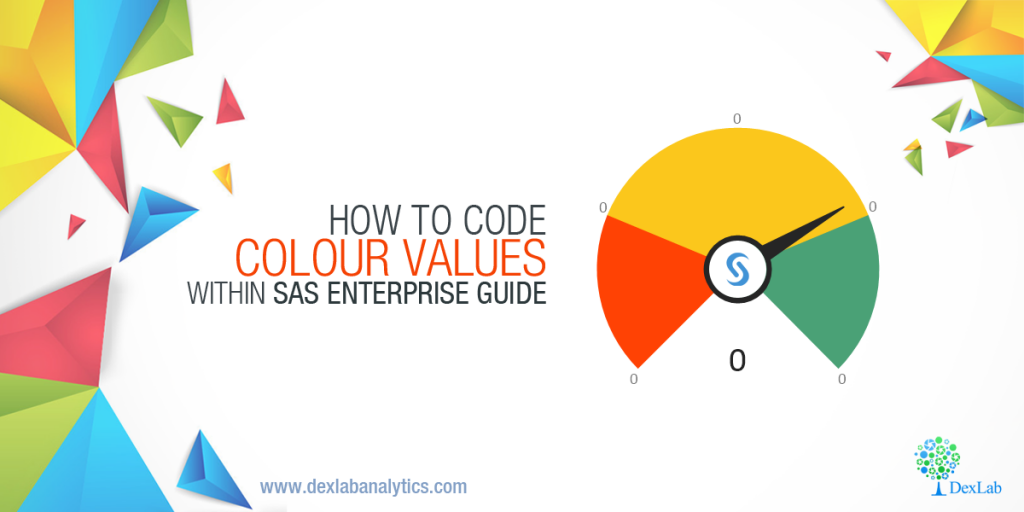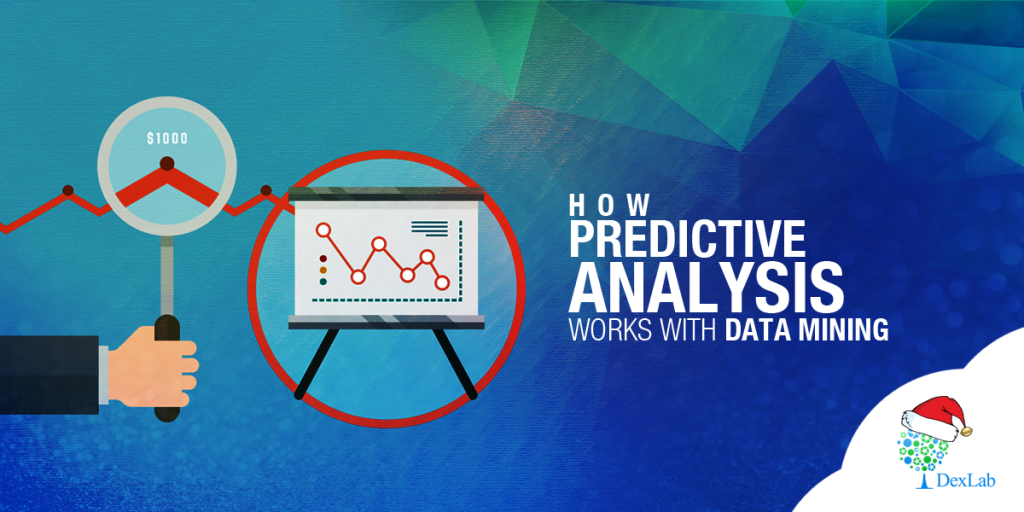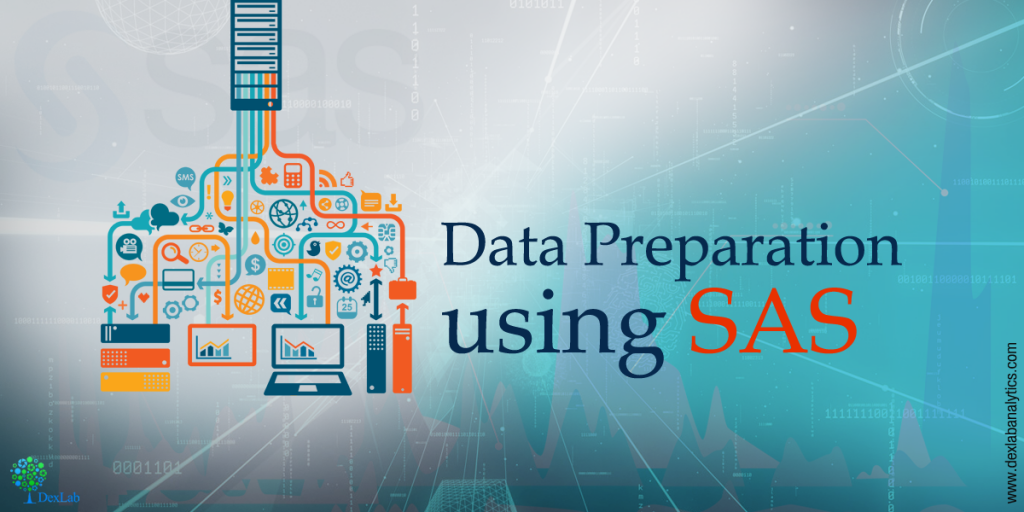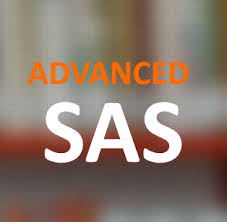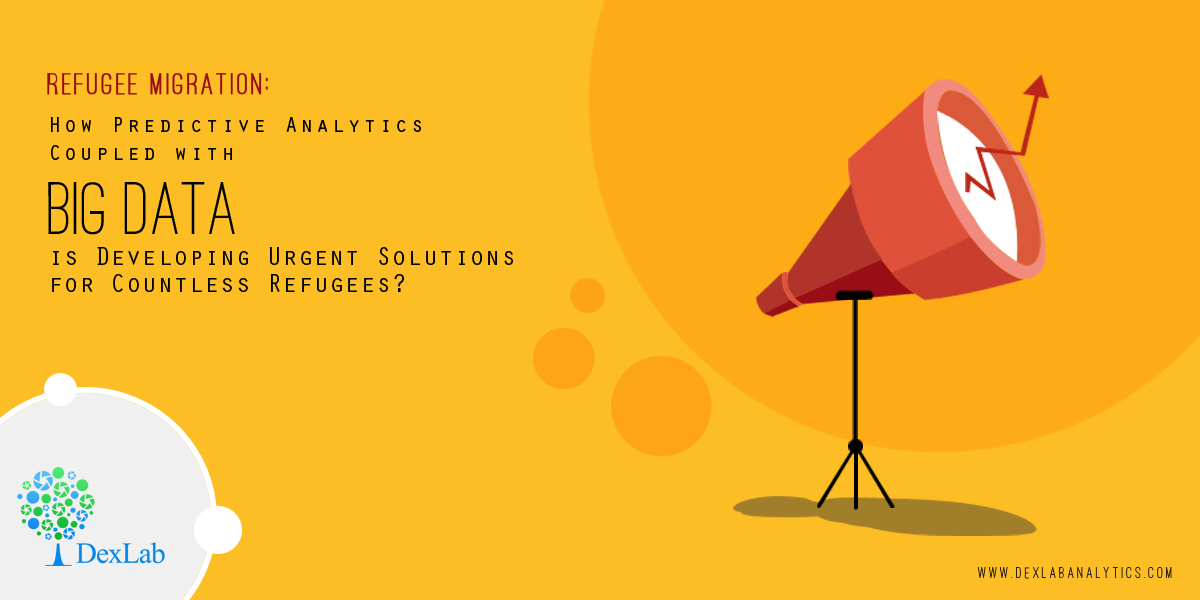
In total, 65 million people are currently displaced or live refugees – owing to the Syrian Civil War. Each day, thousands of refugees are fleeing their homes and seeking asylums in foreign countries. Many countries have opened their borders, countless UN agencies have come forward to help and handle the ongoing global crisis – but how bad is the current situation? What are the chances of working out a satisfactory solution?
Predictive Analytics is the key. It’s a raw form of statistical science that mines through available data for future prediction of outcomes. Though we agree to the potentials of predictive analytics, we can’t turn a blind eye to the political and financial roadblocks it poses in front of us, which keeps us from addressing the current crisis with same gusto.
For excellent SAS predictive modeling training, DexLab Analytics is your go-to learning destination in Gurgaon.

The Power of Prediction
Past data helps! They help the algorithms to anticipate the challenges even before they arise. Also migration data… gathered from a plethora of sources, including World Bank data, population censuses, sample surveys, population registers, and other administrative sources. Such treasure troves of data could be groundbreaking, especially for representatives working on forefront of the ongoing crisis. Armed with meaningful data, officials using advanced analytics could chart out most likely locations, where the refugees are about to head next. Spotting the possible signs of influx, government and respective policymakers might reroute the refugees to different locations, where better assistance is possible and expected. This kind of real-time data helps respectable authorities to transfer money and goods to locales that need them the most.
Nevertheless, predictions are not always on-point or don’t lead to the best guesses, all the time, yet in many cases, refugees could benefit – remember refugee crisis is not only a serious humanitarian crisis but also a development issue for countries that accept the asylum seekers. Thus, the authorities should refrain from bottling up hundreds and thousands of refugees from bottling them up in overcrowded camps, without food, water and other basic amenities. And for that, they need adequate data, which could help them make the best possible decision in such situations of distress.

A Hope in Sight
Technical challenges are soaring; if the world is resilient to solve the ongoing international crisis, predictive analytics has to be embraced, but make sure you give adequate importance to data security. Accidental data breaches and releases are happening all around, which could result in triggering targeted violence in specific, highly-populated, vulnerable areas.
Addressing the growing concern, hefty financial investment is the best play. Several private players and multinational organizations, including UN till now have given undue attention but devoted limited resources to tackle the challenge. That needs to be changed now. And fortunately, change is in motion; recently two key players in the humanitarian aid and development area of work signed a partnership to formulate innovative solutions for refugee crisis using far-reaching claws of big data and technology. The striking partnership between the World Bank and United Nations Refugee Agency is the first stepping stone towards improving the quality of data about refugees, prompting an improved smarter assistance for refugees across the globe.
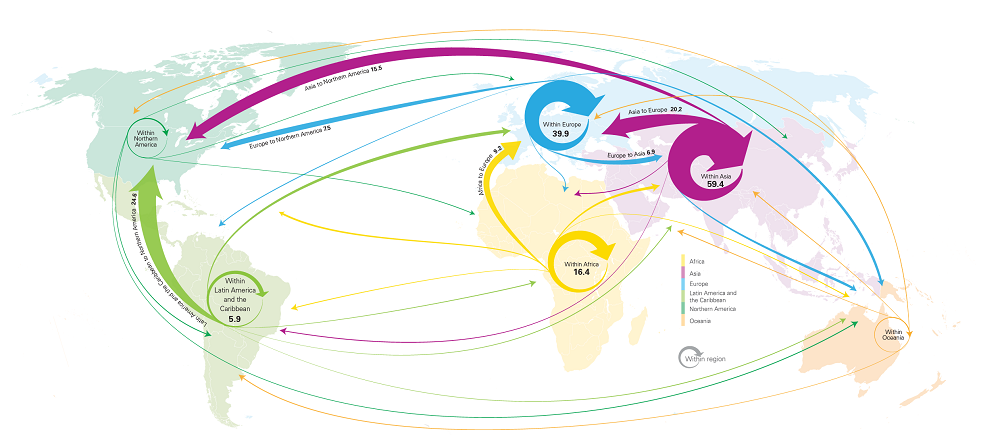
No longer are such initiatives a distant concept; the phenomenal rise of big data hadoop and predictive analytics technology has stepped up the quality and speed of data resulting in tailor-made sophisticated assistance, perfect for refugee crisis. In a nutshell, the new dimension is going to make a lot of difference, and technology is going to be a game-changer in this.
For more interesting blogs and data-related stuffs, follow us on DexLab Analytics. We are a leading SAS Predictive Modelling training institute in Delhi offering high-in demand certification courses. Reach us today!
The blog has been sourced from —
sisense.com/blog/refugee-migration-where-are-people-fleeing-from-and-where-are-they-going
mashable.com/2018/04/24/big-data-refugees/#8md_gh7p2iqr
theconversation.com/millions-of-refugees-could-benefit-from-big-data-but-were-not-using-it-86286
Interested in a career in Data Analyst?
To learn more about Data Analyst with Advanced excel course – Enrol Now.
To learn more about Data Analyst with R Course – Enrol Now.
To learn more about Big Data Course – Enrol Now.To learn more about Machine Learning Using Python and Spark – Enrol Now.
To learn more about Data Analyst with SAS Course – Enrol Now.
To learn more about Data Analyst with Apache Spark Course – Enrol Now.
To learn more about Data Analyst with Market Risk Analytics and Modelling Course – Enrol Now.


